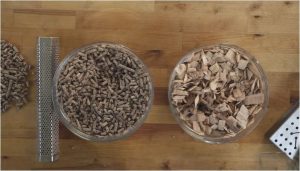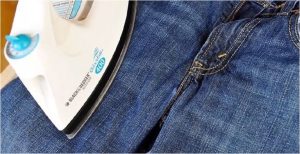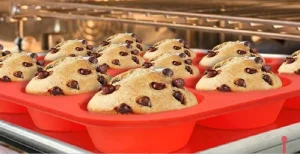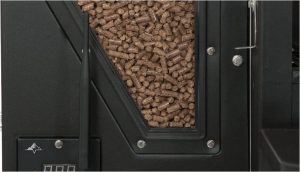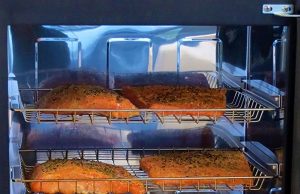Does Plastic Wrap Melt In The Microwave?
The answer to this question depends on the specific type of plastic wrap being used.
In general, plastic wrap does not melt when exposed to hot food in the microwave. But, not all plastic wraps are created equal. Some brands, such as Saran Wrap, Reynolds, and Great Value, offer microwave-safe options that are specifically designed to withstand the heat generated by microwaving.
When using plastic wrap in the microwave, it is crucial to ensure that the wrap does not come into direct contact with the food. This is because certain chemicals present in plastic wraps, such as phthalates, can potentially leach into the food when heated.
To avoid this, it is recommended to leave a small gap between the plastic wrap and the food, allowing steam to escape while still providing a protective cover.
Using Tips
Plastic wrap is a common kitchen item used for covering food and keeping it fresh. When it comes to using plastic wrap in the microwave, there are some important tips to keep in mind to prevent it from melting and potentially contaminating your food.
1. Use microwave-safe plastic wrap
Not all plastic wraps are suitable for use in the microwave. Look for products that are specifically labeled as microwave-safe. These wraps are designed to withstand the heat generated by the microwave without melting or releasing harmful chemicals.
2. Leave room for steam
When covering food with plastic wrap in the microwave, make sure to leave a small vent or opening to allow steam to escape. This prevents the build-up of pressure and reduces the chances of the plastic wrap melting.
3. Avoid direct contact with food
To further minimize the risk of plastic wrap melting, it is best to avoid direct contact between the wrap and the food. Place a microwave-safe plate or bowl over the food and then cover it with plastic wrap. This creates a barrier and helps distribute the heat more evenly.
4. Use short cooking times
If you need to heat food for an extended period, it is advisable to use shorter cooking intervals with breaks in between. This allows the food to heat gradually and reduces the chances of the plastic wrap melting due to prolonged exposure to high temperatures.
5. Monitor the microwave
While using plastic wrap in the microwave, it is important to keep a close eye on the process. If you notice any signs of melting or warping, immediately stop the microwave and remove the plastic wrap.
Is Kirkland Plastic Wrap Microwave Safe?
Kirkland plastic wrap is a popular choice for many households when it comes to food storage and preservation. However, when it comes to using it in the microwave, you may be wondering if it is safe to do so. The short answer is yes, Kirkland plastic wrap is microwave safe.
Kirkland plastic wrap is made with materials that are specifically designed to withstand microwave heat. It is constructed with a combination of high-density polyethylene (HDPE) and low-density polyethylene (LDPE), which are both known for their heat resistance properties. This means that when you use Kirkland plastic wrap in the microwave, it is unlikely to melt or release harmful chemicals into your food.
To ensure the safety of using Kirkland plastic wrap in the microwave, it is important to follow a few guidelines. First, make sure the plastic wrap is labeled as microwave-safe. This is typically indicated on the packaging or on the plastic wrap itself.
Avoid using plastic wrap with any metal components, such as metal twist ties or clips, as these can potentially cause sparks and damage to the plastic wrap.
Is It Okay to Microwave Saran Wrap?
Saran wrap, also known as cling film, is a popular brand of plastic wrap. Many people wonder if it is safe to use Saran wrap in the microwave. The answer depends on the specific product and its labeling.
Saran wrap offers a range of products, including some that are labeled as microwave-safe. These microwave-safe variants are designed to withstand the heat generated by the microwave without melting or releasing harmful chemicals.
If the Saran wrap product is not labeled as microwave-safe, it is best to avoid using it in the microwave. Non-microwave-safe plastic wraps can melt, warp, or release toxic chemicals when exposed to high temperatures. This can pose health risks and contaminate your food.
To ensure the safety of your food and microwave, it is recommended to use plastic wraps that are explicitly labeled as microwave-safe. Alternatively, you can explore other microwave-safe options such as glass containers with lids or silicone covers.
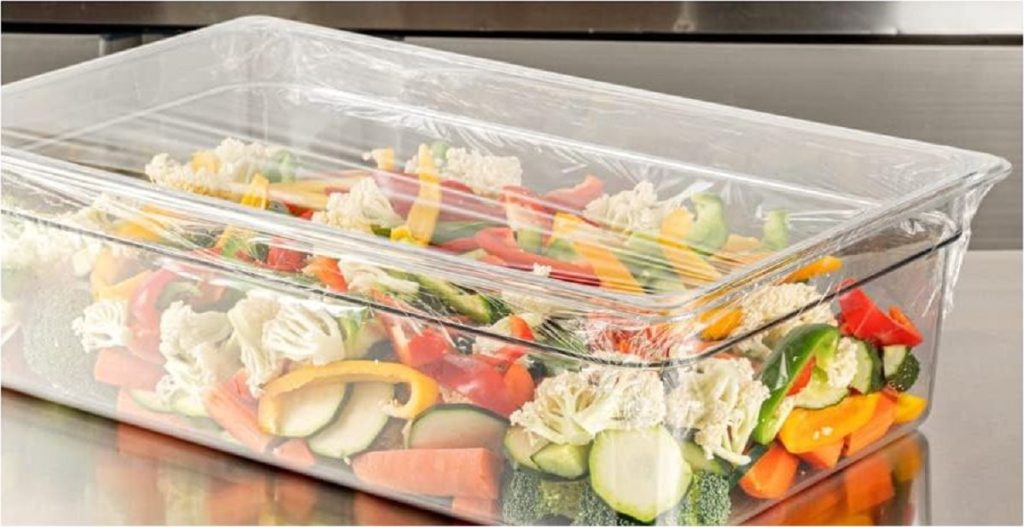
What to Use Instead of Plastic Wrap in the Microwave?
If you are looking for alternatives to plastic wrap for use in the microwave, there are several options available that are both safe and effective.
1. Microwave-safe glass containers with lids: Glass containers are an excellent choice for heating food in the microwave. They are durable, heat-resistant, and do not release any harmful chemicals. Look for containers with microwave-safe labels and use their accompanying lids to cover the food.
2. Microwave-safe silicone lids or covers: Silicone lids or covers are flexible, reusable, and create an airtight seal on bowls or plates. They prevent splatters, retain moisture, and are safe to use in the microwave. These covers are easy to clean and can be used repeatedly, making them an eco-friendly alternative to plastic wrap.
3. Microwave-safe paper towels or microwave-safe wax paper: For covering food in the microwave, you can use microwave-safe paper towels or wax paper. These options provide a protective barrier and help retain moisture while heating. Ensure that the paper towels or wax paper are specifically labeled as microwave-safe.
